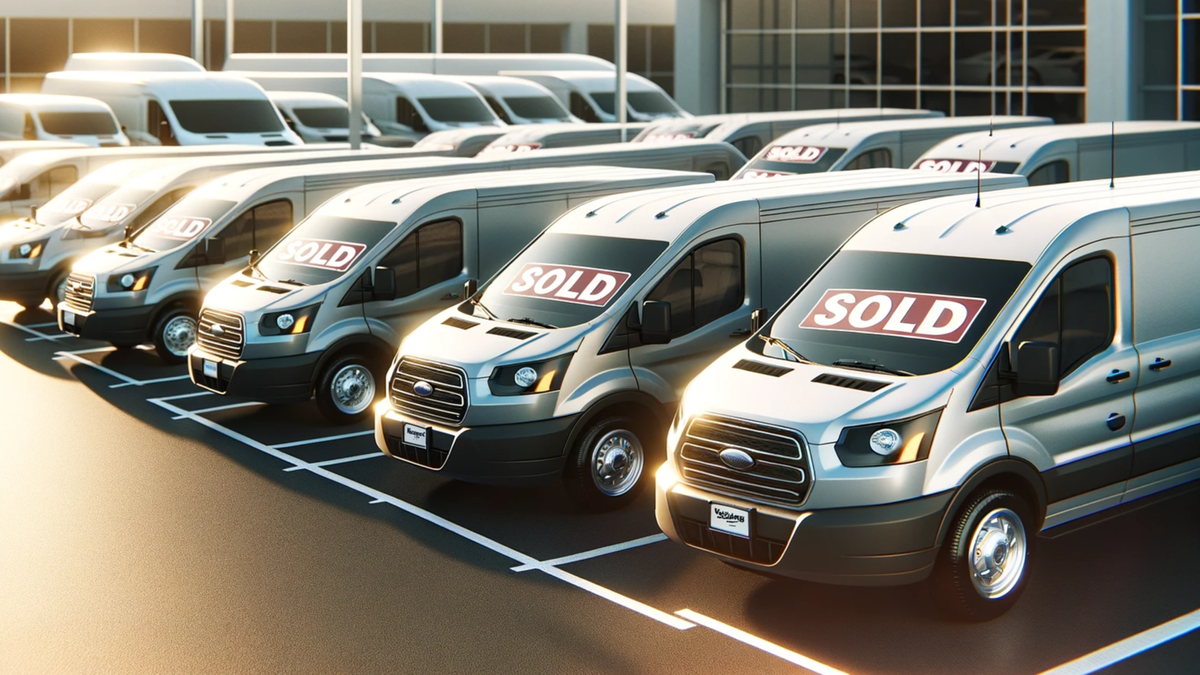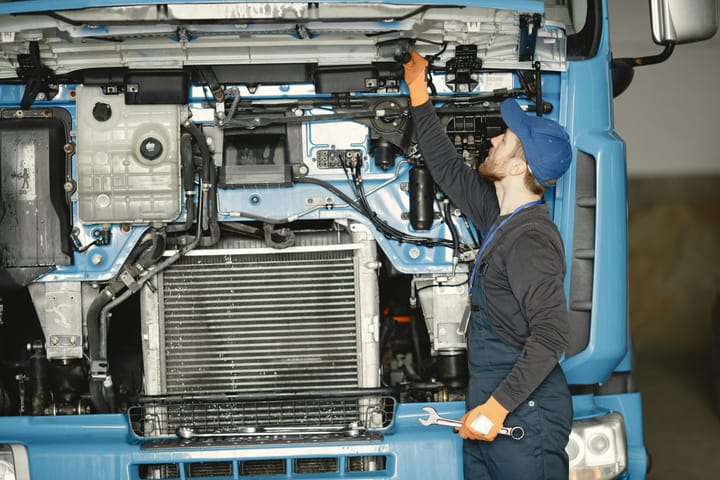Can using alternate vehicles help ease the fleet vehicle supply?

Struggling to find fleet vehicle inventory? You're not alone.
While the consumer retail stock is rising, some fleet vehicles are still scarce. Today's feature story shares ideas for creative solutions to this problem that can help fleet companies fill the gap. Be sure to check it out especially if you're in the market for new wheels.
Today marks the first full week in my new role as editor of the Inside Lane. I hope to hear from more of you as we get going.
For now, buckle up and let's get to it!
Bianca
Inside today's newsletter
🚧 America's worst bottlenecks
🛑 CVSA International Roadcheck
💭 Speed limiter opposition
❌ Help fight human trafficking
🔌 30k chargepoint network planned

Can using alternate vehicles help ease the fleet vehicle supply?
The U.S. auto market has had a tough recovery after the worst of the pandemic disruption. Vehicle supply bottlenecks eased last year, but consumer spending has slowed as inflation and interest rates hit households across the country. It’s created a divided second-hand market, and a need for fleets to be open-minded when choosing the right vehicle for the job.
Why is the used market a challenge? Retail stock is increasing quickly as improving supply catches up with slowing consumer demand. However, high-demand fleet inventory - especially large vans - is moving in the opposite direction, and inflating prices.
How can fleets avoid price rises? Where possible, think about alternatives to the usual vans. Dealers could be offering good deals on slow-moving stock, and some are converting minivans to carry cargo. Shifting between segments might not be the compromise you’re expecting.
Check out the alternatives in Automotive Fleet.

🙂 GOOD DAY:
Digital broker CDL 1000 has acquired rival company Next Trucking, extending its reach in California. The buyout makes the company one of the three largest trucking companies operating at the state’s busiest container ports, according to its founder.
More details about the buyout in the Wall Street Journal.
🙁 BAD DAY:
A New Jersey intersection has topped the ATRI’s list of America’s worst freight bottlenecks for the fourth year running. The study used truck GPS data to analyze 325 locations on the national highway network, identifying the I-95 and SR 4 intersection - close to the George Washington Bridge in Fort Lee - as the most congestion-prone.
Check out the list in Fleet Owner.

CVSA roadcheck targets tractor safety, substance abuse
This year’s CVSA International Roadcheck will focus on tractor protection systems, alcohol and substance abuse, the organization has confirmed.
Scheduled for May 14-16, the three-day initiative will carry out 37-point inspections across the United States, Canada and Mexico. The CVSA hopes this will encourage carriers to take stricter actions to improve safety.
House bill against truck speed limiters gains support
A bill aimed at blocking mandating speed limiters for trucks has gained two more co-sponsors in the House of Representatives, bringing the total to 34.
The FMCSA is due to announce a final rule in May, but more than 15,000 comments filed on its initial proposals have shown widespread opposition - largely due to safety concerns. Separate proposals, put forward by the NTSB, are seeking to introduce speed monitoring for lighter-duty vehicles too."
Truckers receive tools to report, fight human trafficking
The US Department of Transportation is clamping down on human trafficking, launching an initiative asking truck drivers to support law enforcement as extra eyes on the road. Truckers will get specific educational material helping them to identify trafficking, and providing QR codes that link them to reporting tools and other information - including how to support victims.
Find out how you can help in Truck Driver News.

- Easier Charging: Carmakers plan 30k chargepoint network
- Fueling Change: Why Volvo Trucks is thinking beyond EVs
- Safety in Numbers: NHTSA invests in better crash data
- Hiring Gen Z: How can fleets attract new talent?

Quote of the Day:
“The new VNL is 10% more efficient than the current model. And if we can push the North American trucking industry toward a 10% in fuel efficiency gains with new diesel trucks, that would be the same as putting 30,000 new battery-electric trucks on the road.”
Keeping up with news in the industry is a full-time job. Seriously. We'd like your help to steer our coverage and ensure we are sending out exactly what matters to you. Tell me what you like or what you think needs improving. And if you love the newsletter, forward it to a industry colleague. My inbox is awaiting your message!
Bianca,
Editor, The Inside Lane





Comments ()